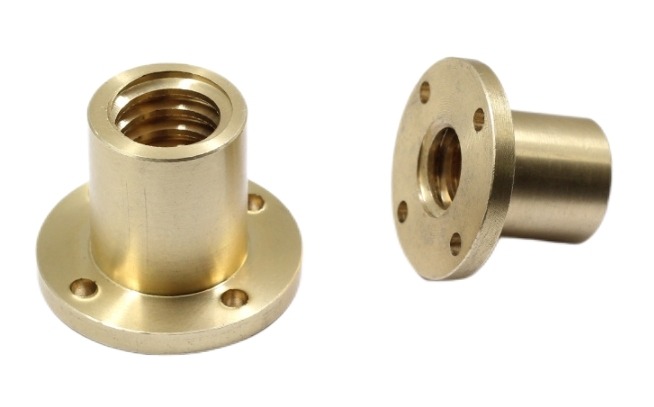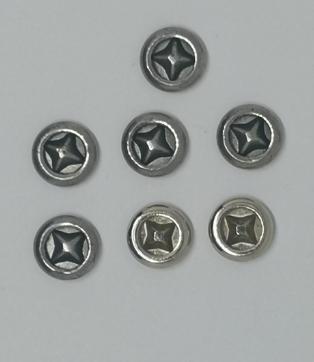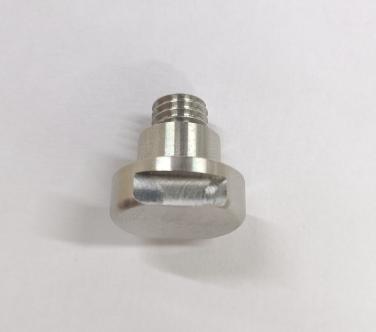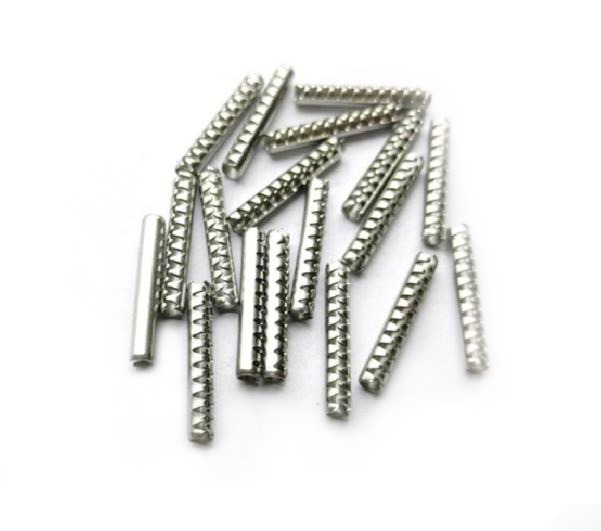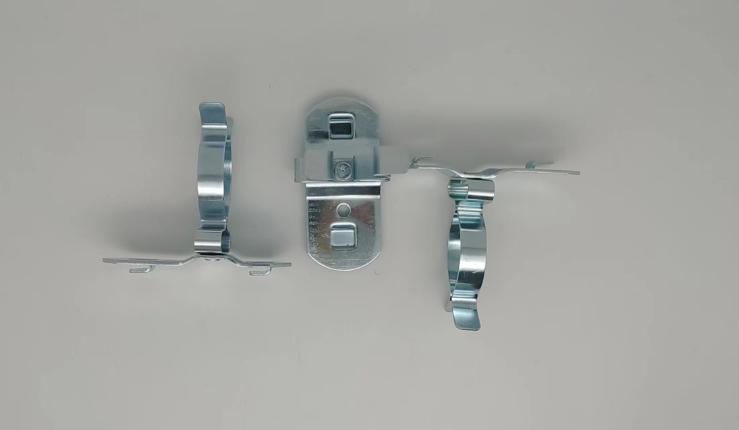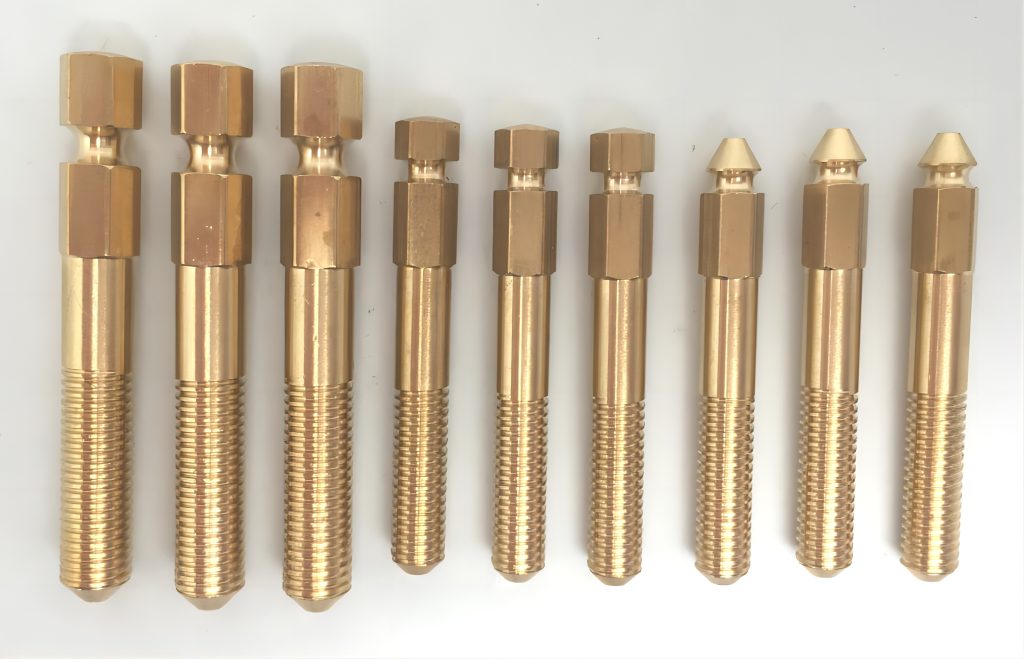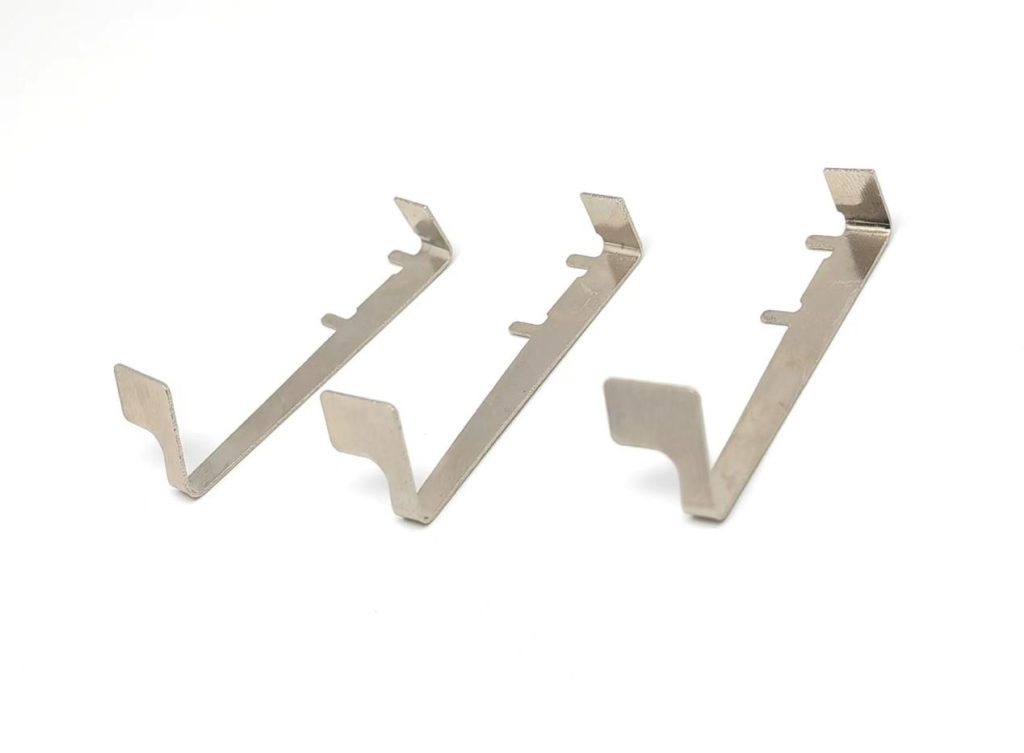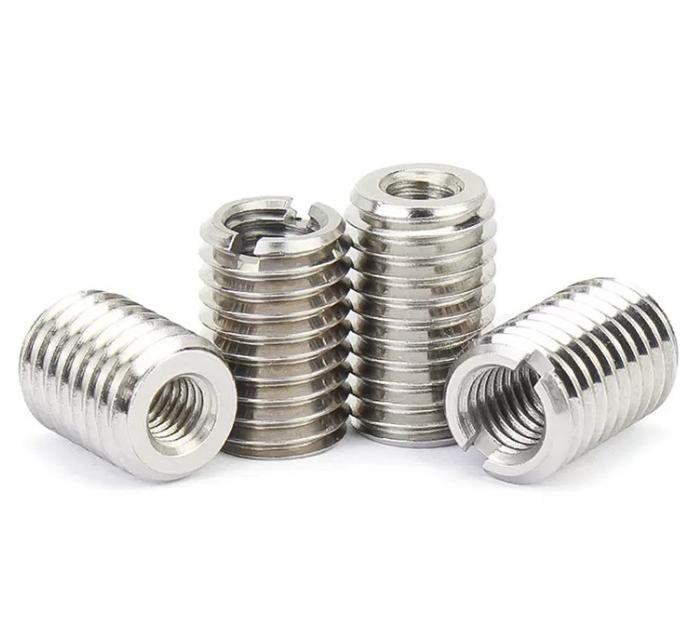Nylon and ABS for Injection Molding, Which One to Choose – A Comprehensive Comparison
In the fast-paced world of manufacturing, injection molding plays a pivotal role in creating a myriad of products, ranging from consumer goods to industrial components. Among the plethora of plastic materials available, Nylon and ABS (Acrylonitrile Butadiene Styrene) stand out as popular choices for injection molding processes. This article delves into the characteristics, advantages, and limitations of Nylon and ABS, providing a comprehensive comparison to help manufacturers make informed decisions when choosing the right material for their specific applications.
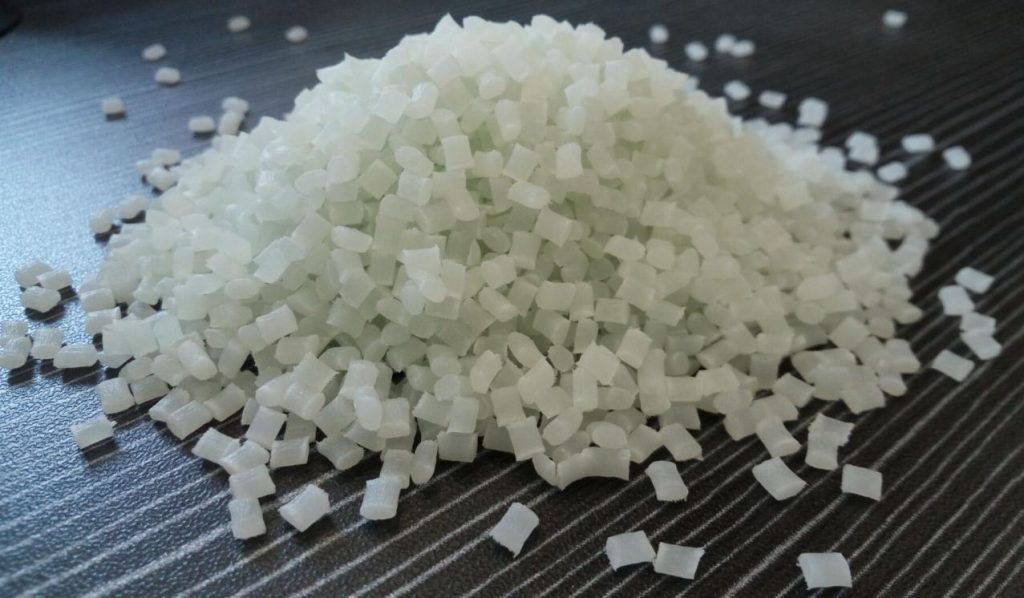
What is Nylon?
Nylon, a synthetic polymer known for its strength and durability, is a popular choice in injection molding applications. It belongs to the polyamide family and is recognized for its high melting point, excellent abrasion resistance, and remarkable chemical resistance. Nylon is widely used in industries where toughness and impact resistance are crucial, such as automotive components, electrical connectors, and gears.
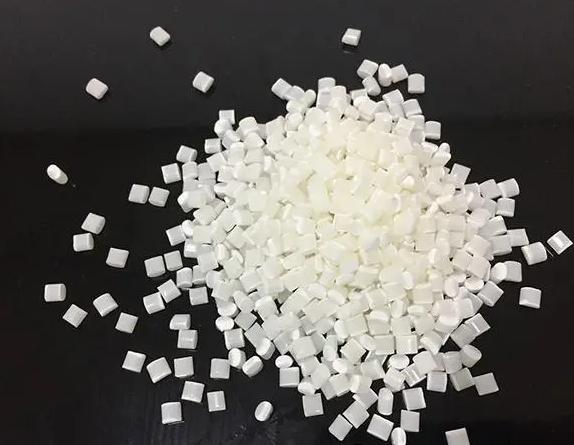
What is ABS?
ABS, composed of acrylonitrile, butadiene, and styrene, is another popular thermoplastic used in injection molding. Known for its versatility, ABS is favored for its impact resistance, dimensional stability, and affordability. Commonly found in consumer electronics, automotive parts, and household appliances, ABS offers a balance of mechanical properties and ease of processing.
The following table summarizes the key differences between nylon and ABS:
| Property | Nylon | ABS |
| Strength | High | Moderate |
| Toughness | High | Moderate |
| Wear resistance | High | Moderate |
| Chemical resistance | Good | Good |
| Heat resistance | Good | Moderate |
| UV resistance | Good | Fair |
| Cost | High | Moderate |
| Ease of processing | Moderate | Easy |
| Dyeability | Fair | Good |
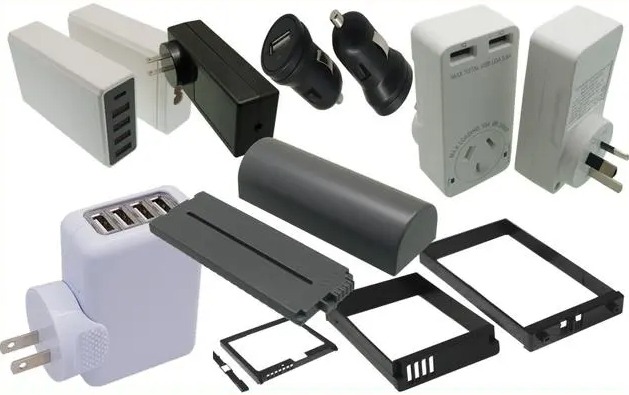
Different Applications of Nylon and ABS
Nylon and ABS are used in a wide variety of applications, including:
- Automotive: Nylon is used in gears, bearings, and electrical components. ABS is used in bumpers, dashboards, and interior trim.
- Electronics: Nylon is used in connectors, insulators, and circuit boards. ABS is used in housings, knobs, and buttons.
- Industrial: Nylon is used in gears, bearings, and pumps. ABS is used in pipes, valves, and fittings.
- Consumer goods: Nylon is used in zippers, toothbrushes, and fishing line. ABS is used in toys, appliances, and luggage.
Nylon and ABS are both versatile and reliable plastics that can be used for a wide variety of applications. The best material for a particular application will depend on the specific requirements of the application.
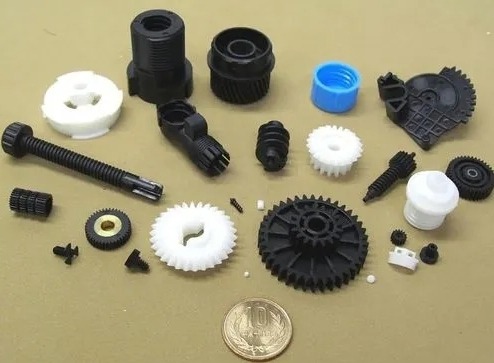
What should be Considered When Choosing between Nylon and ABS Injection Molding?
Choosing between nylon and ABS injection molding depends on the specific requirements of your application. Here are some factors to consider:
- Strength and Toughness: Nylon is generally stronger and tougher than ABS, making it a better choice for applications that require high impact resistance, such as gears, bearings, and electrical components. ABS, on the other hand, is more rigid and less prone to stress cracking.
- Wear Resistance: Nylon has excellent wear resistance, making it suitable for applications where parts will rub against each other, such as gears and bearings. ABS has moderate wear resistance and is not as suitable for these applications.
- Chemical Resistance: Both nylon and ABS have good chemical resistance, but nylon is slightly better. This makes nylon a good choice for applications where parts will be exposed to chemicals, such as in the automotive or medical industries.
- Heat Resistance: Nylon has good heat resistance and can withstand temperatures up to 220°C (428°F). ABS has moderate heat resistance and can withstand temperatures up to 80°C (176°F).
- UV Resistance: Nylon has good UV resistance and can be used outdoors without fading or degrading. ABS has fair UV resistance and may fade or degrade over time when exposed to sunlight.
- Cost: Nylon is generally more expensive than ABS. This is due to the more complex manufacturing process for nylon.
- Ease of Processing: ABS is easier to process than nylon. This is because ABS has a wider processing window and is less sensitive to moisture.
- Dyeability and Paintability: Both nylon and ABS can be dyed and painted. However, ABS is generally easier to dye and paint than nylon.
- Surface Finish: Nylon has a smooth, glossy surface finish. ABS has a slightly matte surface finish.
- Fire Resistance: ABS is self-extinguishing, while nylon is not. This makes ABS a better choice for applications where fire safety is a concern.
- Environmental Impact: ABS can be made from recycled materials, while nylon is a petroleum-based plastic. This makes ABS a more environmentally friendly choice.
Conclusion
Ultimately, the best way to choose between nylon and ABS injection molding is to consult with an experienced injection molder. Manufacturers must consider factors such as strength, temperature resistance, impact resistance, and cost-effectiveness when making their decision. Both Nylon and ABS have proven their worth in various industries, showcasing the versatility and adaptability of plastic materials in the injection molding process. As technology advances, new materials may emerge, but for now, Nylon and ABS remain steadfast contenders in the ever-evolving world of plastic injection molding.

